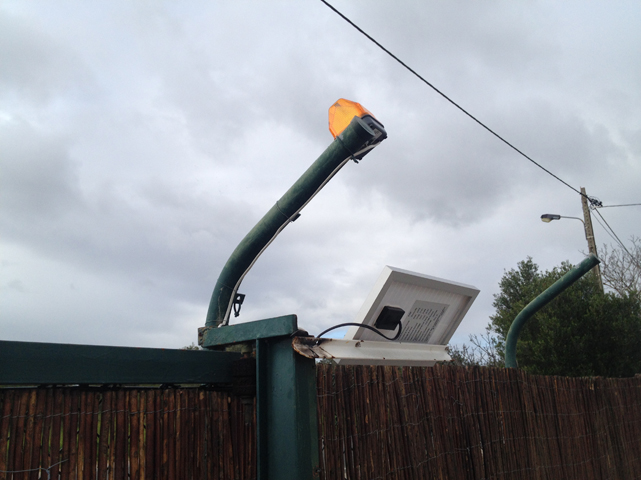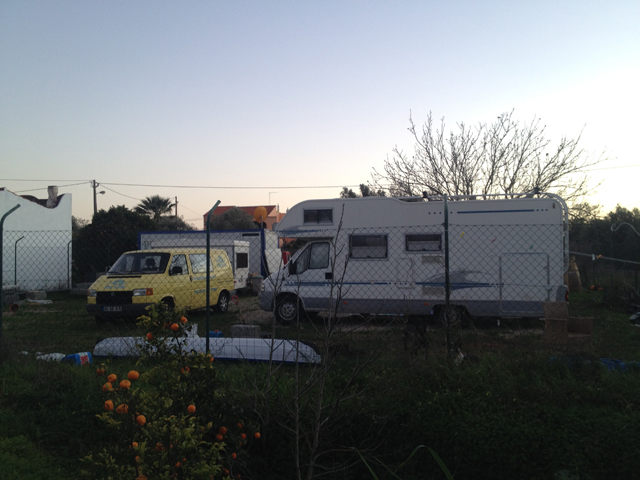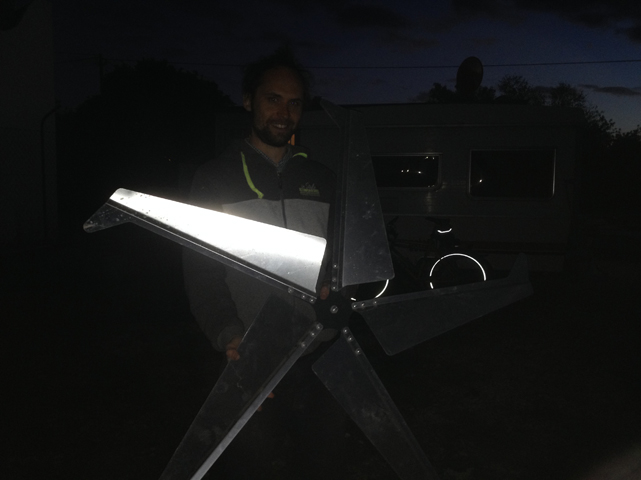The Algarve region of Portugal has a high occurance of sunlight in the winter as compared to most of Europe. Overnight heating is necessary, but not as much as in the deep winters in climates of snow and ice at -30C. A few hours of captured daytime solar energy is sufficient and can be stored in a battery charge. Such is the case in many homes and ecologically sustainable initiatives in the Algarve.
Energy consumption in motorhomes necessitates careful planning from the beginning, as all aspects of a mobile lifestyle are closely interconnected to the source of power.
While the content of this blog is aimed towards information pertaining to the forseable period of transition into applicable free energy (such as the fountainhead of the active vacuum), the practice of solar power remains a significant step along the way.
The advancement of solar power and solar-powered appliances is enriching the practice of ecologically sustainable off-grid mobile motorhome lifestyles. New approaches are often possible at a greater initial cost. With a free energy future, the mobile motorhome industry may thrive on ecologically sustainable practices and transform the way people live their daily lives.
The mobile motorhome venture is a specialized industry which charges three times the orinary appliance rates for the more advanced “eco-friendly” technologies, some as simple as double glazed windows. In this way, higher prices often translate to increased energy efficiency: it is currently more expensive to live in an ecologically sustainable way.
During the last 15 years the miniaturization of technologies is enabling more practical adaptations to mobile motorhomes. Decreased consumption and longevity of solutions is significant.
The basic solar-powered needs for the mobile motorhome can include: kettle, airconditioner, hairdryer (12W), fridge (100W), solar water heating on sloped roof (with coiled hose), satellite and TVs running from an inverter, lamp types are primarily newer more expensive LEDs and pigtail flourescents. “Standby wattage” of certain devices such as personal computers is accounted for.
The deeper technical considerations include the capacity of solar panels and the type of batteries: deep cycle or gel: (non liquid, non acid).
In one case solar power maintains three lines in a home: 230/240v, 12v, and another through an inverter: a pure sine for stability and coherence needed for sensitive electronics such as newer laptops.
The challenges in do-it-yourself solar power system design pertain mostly to internal infrastructure corresponding to external conditions. For example it helps to have a sloped roof in the direction of the maximum sunlight exposure for solar panels to work at their greatest efficiency. Understanding of heat flow helps in the warming of motorhomes and reduces the need for excessive use of energy. Related aspects to consider are insulation, double-glazed windows, and shutters.
A major power related challenge to the mobile motorhome is the driving engine. No environmentally friendly engines exists powerful enough to bring the 3 to 7.5 ton vehicles up a steep incline. Moreover such vehicles add extra fuel costs.
A general misunderstanding of personal ecological sustainability through various householder lifestyles such as in the mobile motorhome industry is being perpetuated. Many people do not know their options because there no knowledge of the existence of such practical information. There exists a conditioned ignorance on a global scale and in personal daily life. In Portugal one noteworthy initiative I heard of is government initiatives of payment for farming solar energy into the grid.
In this post I describe the design of solar-cell applications in mobile motorhomes in the Algarve, Portugal. Alternatively, one may find more corresponding efficient measures depending on the circumstances or preferences.
In one example, a wind turbine installed on a roof offered 600 W but another power option was chosen because of the sensitivity to noise and magnetics of the mechanical components.
In another example, liquefied petroleum gas (LPG) was chosen at the minimal costs of 35 EUR for 2-3 months for basic needs appliances (2014, southern Portugal).
In all examples, the design and maintenance of household insulation and energy flow, including energy loss considerations, plays an important role. The low-cost and simplicity of brick and cement building construction in southern Portugal was found to be the main reason for dampness issues in homes.
Here one can see the seashell used in inexpensive sand:









